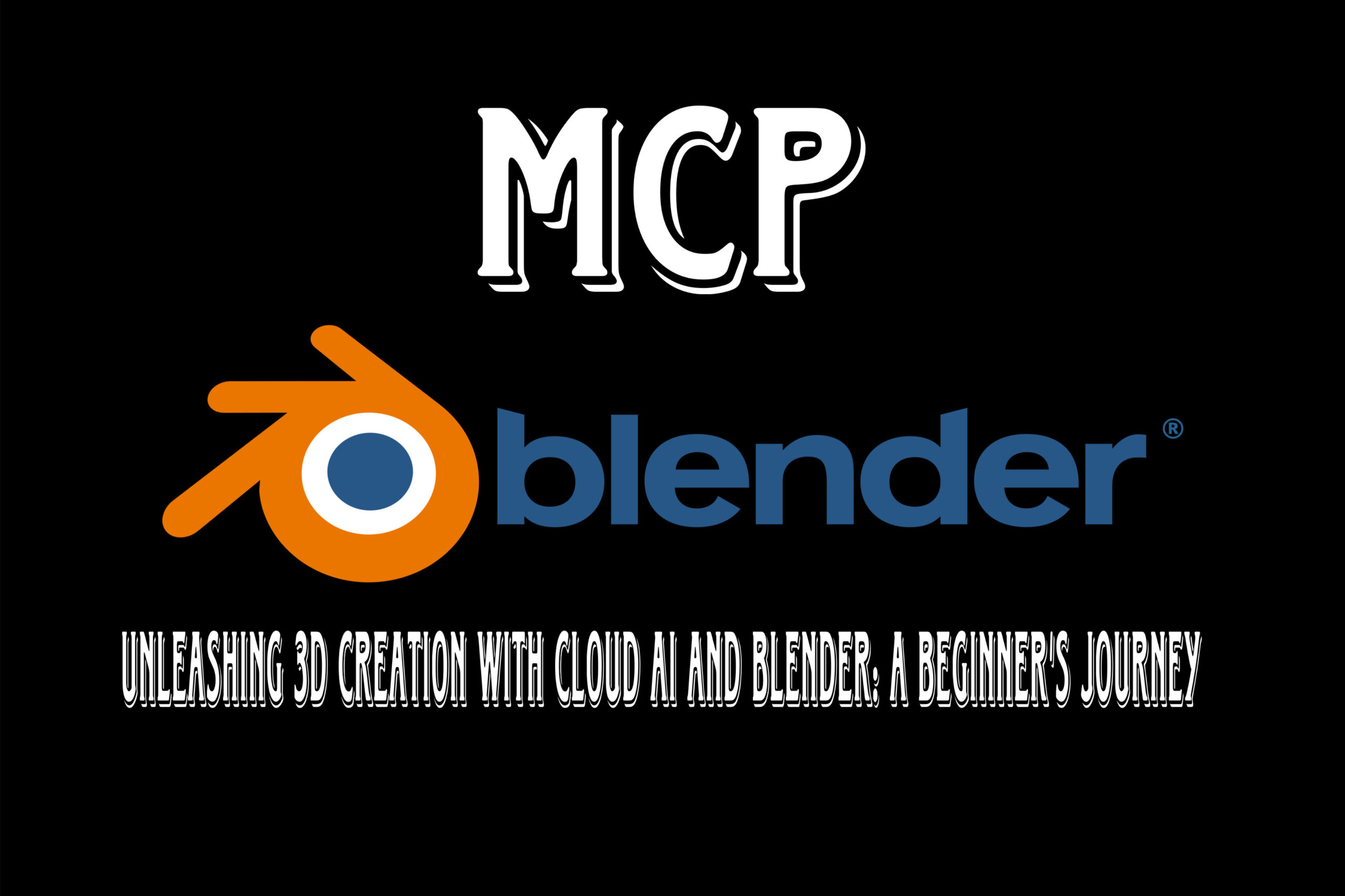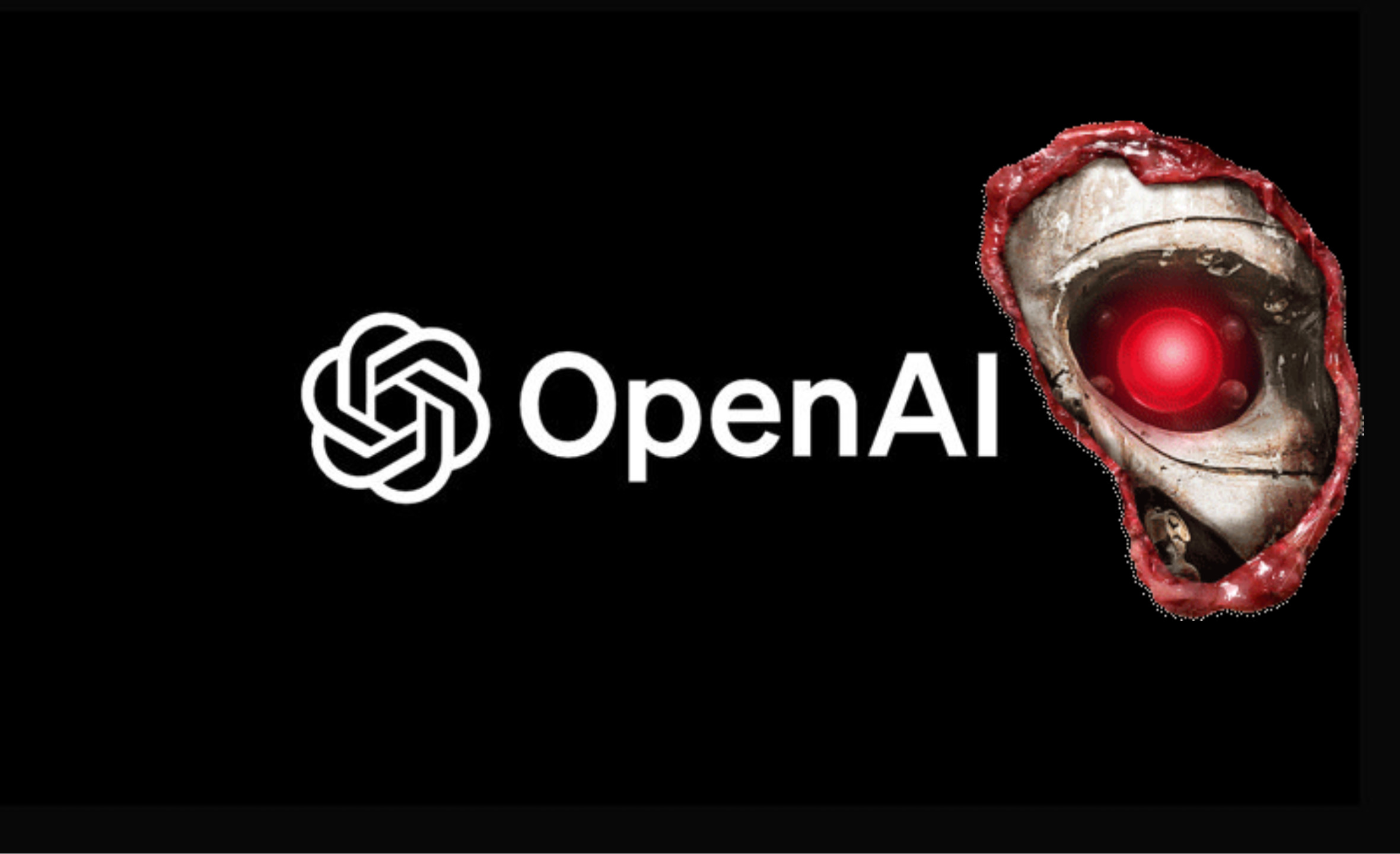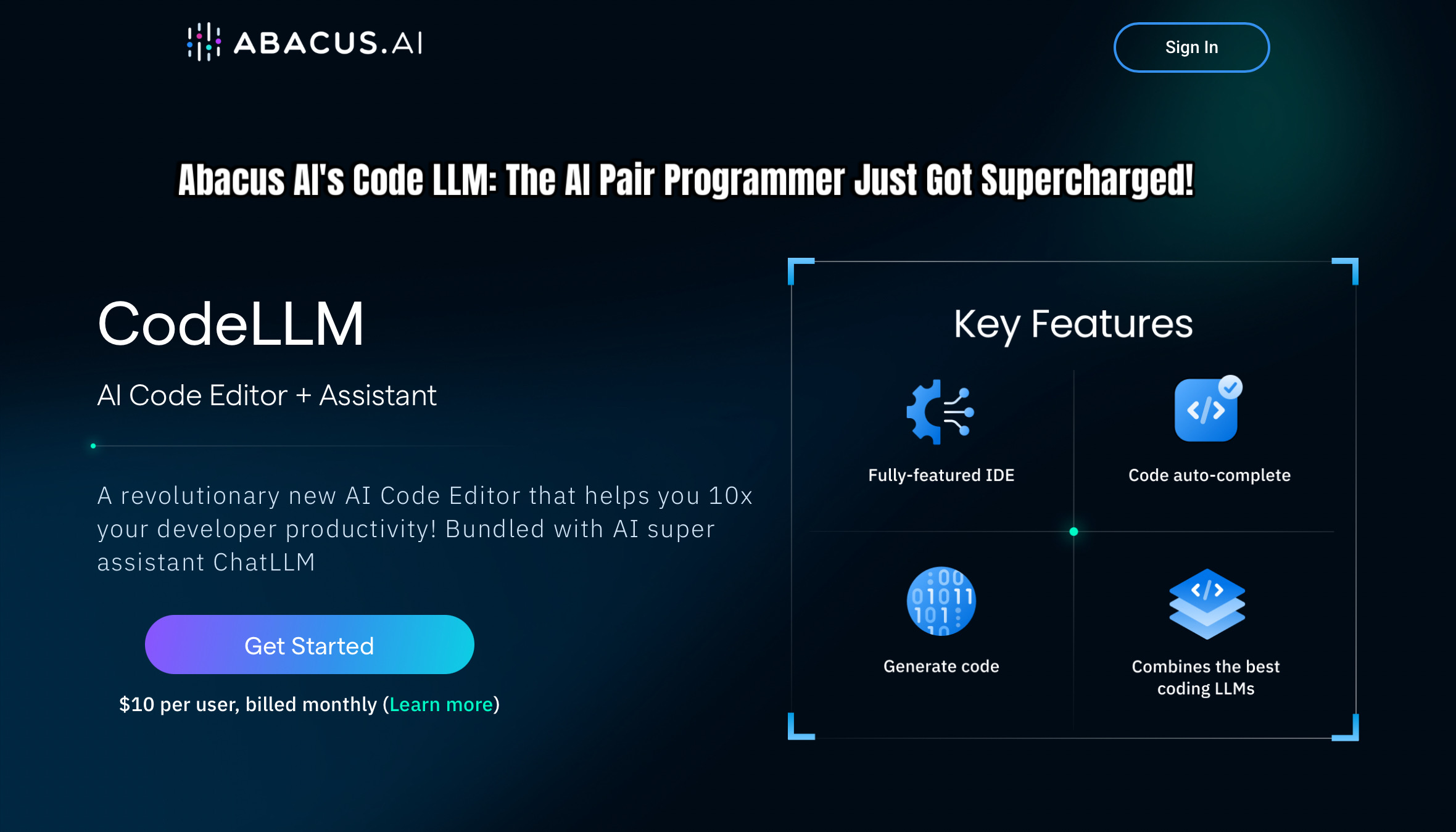Hey everyone! Today, I’m excited to share my recent deep dive into the fascinating world of 3D creation using Cloud AI and Blender. It’s been a whirlwind of learning, and I’m thrilled to walk you through my experience.
My First Foray into Blender, Powered by AI
Believe it or not, I was a complete Blender newbie. My motivation? To explore the potential of AI in creating 3D content from scratch. The process involved connecting Cloud AI to Blender via mCP, leveraging Python code and a custom Blender add-on.
The initial results were, let’s say, basic. Cloud AI generated a simple house, demonstrating its ability to create objects, apply materials, and handle lighting. While not visually stunning, it provided a fantastic foundation for learning Blender. I started understanding the UI, perspective, inspectors, and layers – crucial elements for any 3D artist.
Beyond Basic Shapes: Exploring the Possibilities
To further test the capabilities, I experimented with different prompts. Cloud AI managed to create a check icon and even a Roblox character. The character’s geometry was simple, showcasing AI’s proficiency in handling basic shapes, colors, and lighting. However, the positioning wasn’t always perfect, with elements sometimes disconnected.
One of the most intriguing aspects was the ability to animate the created models. Even with minimal prompting, Cloud AI could add basic animations. This hinted at the potential for more complex animations with further experimentation.
From 3D Scenes to 3JS Websites
The real magic happened when I explored converting Blender scenes into 3JS websites. By reading the scene data, Cloud AI could generate basic 3JS projects. While the results were far from polished, they demonstrated the potential for seamless integration between 3D modeling and web development.
Getting Started: A Step-by-Step Guide
Ready to embark on your own 3D AI adventure? Here’s a breakdown of the process:
- Install Blender: Download and install the free, open-source Blender application.
- Install Necessary Tools:
- Node.js (for package management)
- Python (for code execution)
- Homebrew (for macOS package management)
- Install the Blender Add-on:
- Download the add-on from the GitHub repository.
- In Blender, go to Edit > Preferences > Add-ons > Install and select the downloaded add-on.
- Install the UV Package: Use the terminal to install the UV package, which facilitates communication between mCP and Blender.
- Configure Cloud AI Desktop Application:
- Download and install the Cloud AI desktop application.
- In settings, enable developer mode and edit the config.js file.
- Add the necessary configuration for Blender and, optionally, file system access.
- Start the mCP Server: In Blender, start the mCP server using the default port.
- Prompt Cloud AI: Use Cloud AI to generate 3D models and scenes.
Key Takeaways and Tips
- Remember the order: Open Cloud AI first, then Blender, and then start the server.
- Troubleshooting: Consult the GitHub repository’s issues section for solutions to common problems.
- Experiment with prompts: Try different prompts to explore the capabilities of Cloud AI.
- Use reference images: Incorporate reference images from tools like Midjourney to guide the AI’s creation process.
- Learning blender basics while using AI is a great way to start, even if the AI is making the objects.
The Power of mCP
My exploration highlighted the power of mCP in connecting AI to various applications and systems. Beyond Blender, mCP allows interaction with databases, GitHub, and even the local file system. This opens up a world of possibilities for AI-driven automation and creation.
Looking Ahead
This journey has been incredibly insightful, and I’m excited to continue exploring the potential of AI in 3D creation. I encourage you to experiment, learn, and share your own creations. Let’s push the boundaries of what’s possible with AI and 3D!



